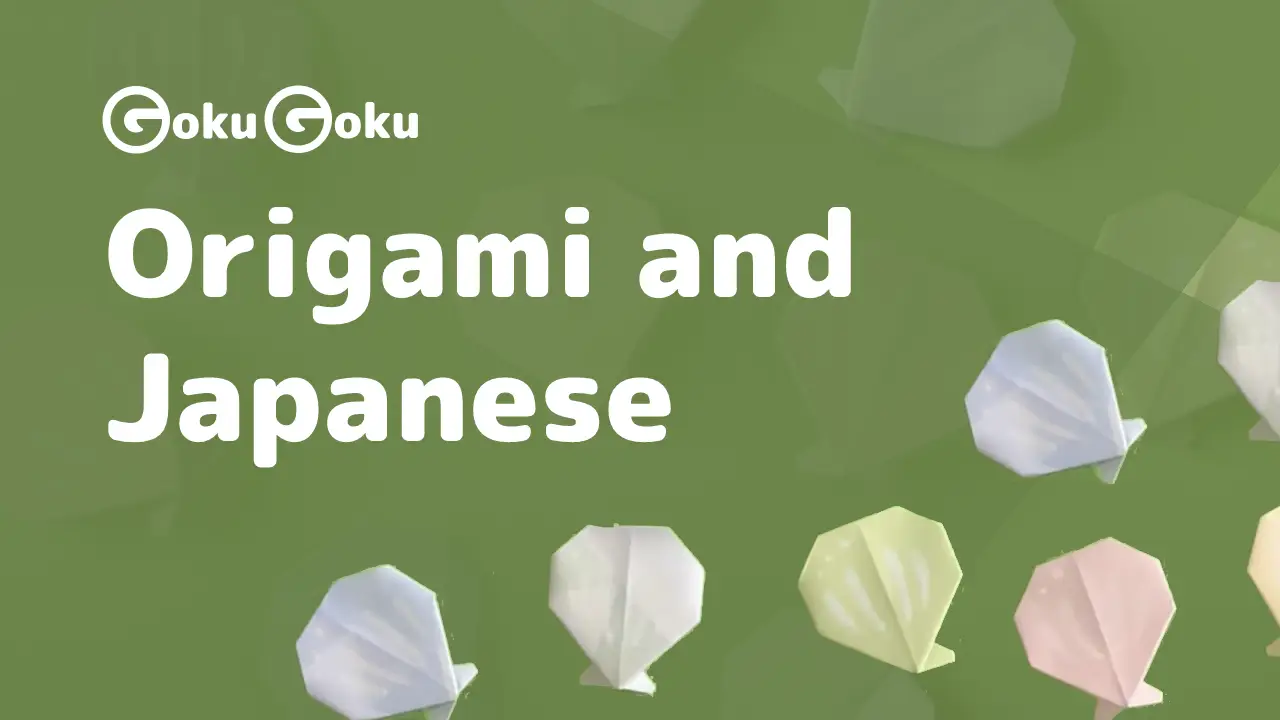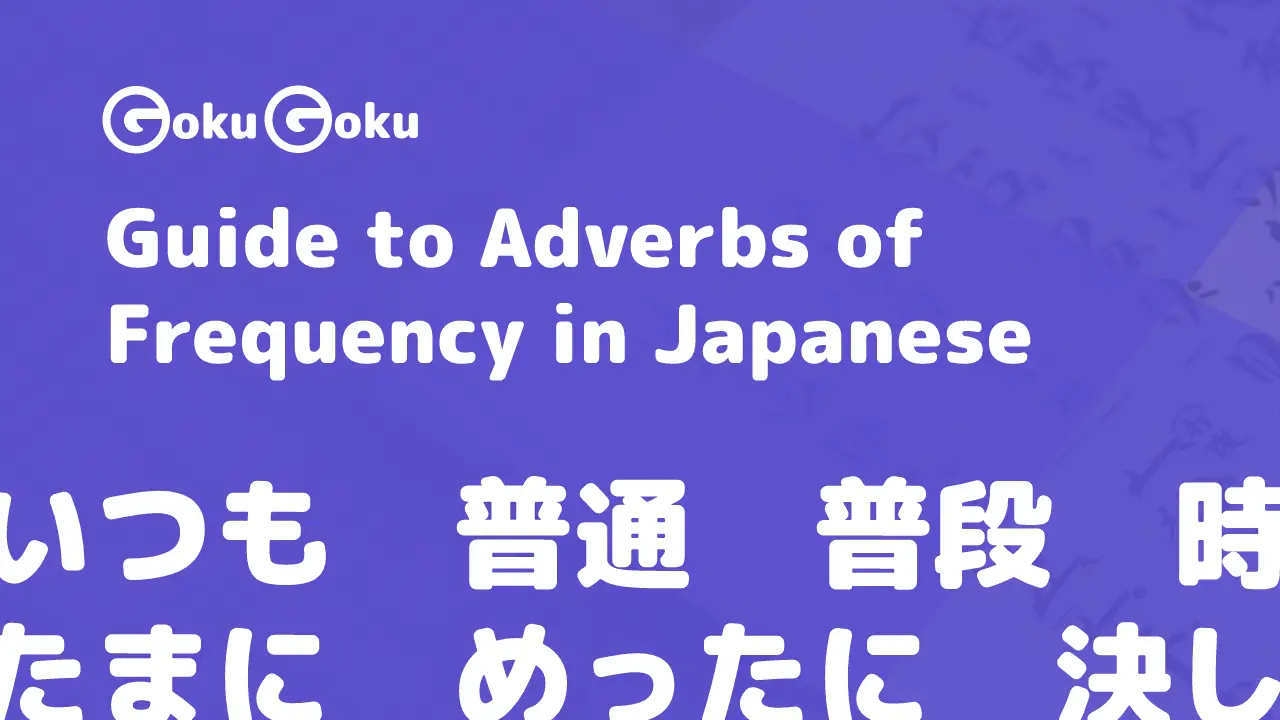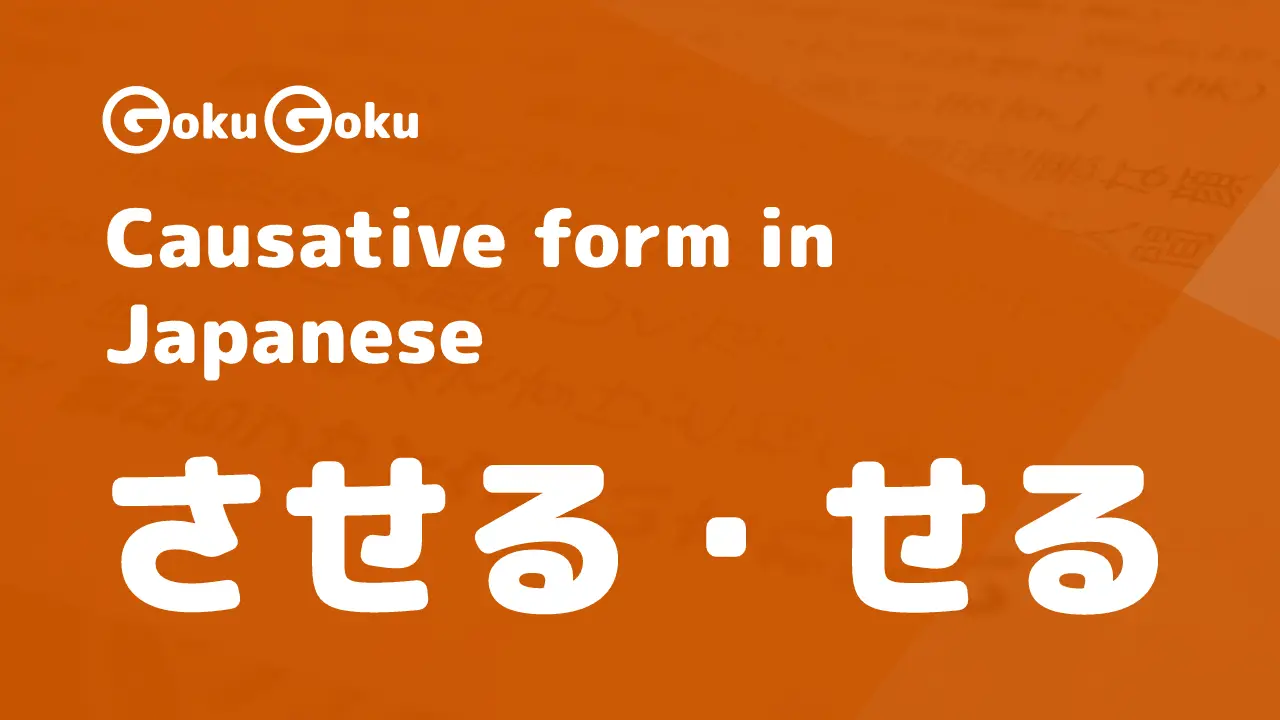Japanese Verbal Bases - How they are formed and How to use them
Anna Baffa Volpe
Get in touch with me8 min reading time
After an introduction to Hiragana, Kanji, and Particles in Japanese, we are now going to explore an introduction to Japanese Grammar, its characteristics and its conjugations.
In this article, we are going to learn the 5 verbal bases at the core of the Japanese Grammar system. We are going to see how these 5 bases are formed and how they are used in the Japanese language.
Japanese verb conjugations - Ichidan and Godan verbs
The first step to conjugate verbs in Japanese is to recognize their category. In Japanese all verbs are part of 3 categories:
Single base verbs or Ichidan (ending in
eruandiru)5-base verbs or Godan (all other cases)
Irregular verbs: する (
do) and 来る (come)
The bases have various names that change according to the method used or the grammar. Nonetheless, their use in conjugations is always the same.
We are now going to learn how to conjugate the verbal bases in Japanese. We will also understand when to use each of these bases.
It is important to know the grammar rules of each base. In fact, each base corresponds to a series of very precise modes and times.
Verbal basis B1 or Negative basis
The Verbal base B1 (also called negative base) ends with the kana in “a” in the syllabic series: ka ki ku ke ko (か, き, く, け, こ).
It is used to form the negative of the dictionary form of the verb, in the present and past tense.
Verb base B1 for Ichidan verbs
Let's see some examples of how the base B1 is formed with Ichidan verbs.
食べる
The verb eat in Japanese is 食べる.
This verb becomes 食べない: I don't eat, we don't eat.
B1 verb base for Godan verbs
Let's see some examples of how the base B1 is formed with Godan verbs.
書く
The verb write in Japanese is 書く.
This verb becomes 書かない: I don't write, we don't write.
For Ichidan verbs there is no risk of making a mistake, since the conjugation only requires to remove the last る.
For Godan and Irregular verbs instead we need to know which basis is needed to form the correct conjugation.
For example, it is wrong to say 書きない (kakinai), because the grammar rule for the negative conugation (B1) requires the kana in "a" (か), and not き(which instead is used in the B2 base).
本を読まなかった。
I haven't read the book.
行かなかった。
I didn't go.
Verb base B1 for irregular verbs
For irregular verbs (する and 来る) the conjugation is more simple:
Verb base B2 or Base in "masu" (ます)
The Verb base B2 ends with the kana in “i” in the syllabic series ka ki ku ke ko (か, き, く, け, こ).
The name is already indicative of what will be formed: the polite form in masu (ます).
B2 verb base for Ichidan verbs
Let's see some examples of how the base B2 is formed with Ichidan verbs.
決める
The verb decide in Japanese is 決める.
In its base B2 (polite form) the verb becomes:
決めます (
kimemasu) in the polite form in the present tense:I decide,we decide決めました (
kimemashita) in the polite form in the past tense:I have decided,you have decided
B2 verb base for Godan verbs
Let's see some examples of how the base B2 is formed with Godan verbs.
書く
We have seen in the example of the base B1 the verb write 書く.
This verb becomes:
書きません (
kakimasen) in the polite form in the negative present tense:I don't write,we don't write書きませんでした (
kakimasen deshita) in the polite form in the negative past tense:I have not written,we have not written
B2 verb base for irregular verbs
As for irregular verbs:
Verb base B3 or Dictionary form
The verb base B3 ends with the kana in “u” in the syllabic series ka ki ku ke ko (か, き, く, け, こ).
This form is used without conjugations (plain or dictionary form) in the affirmative plain form.
The B3 verb conjugation therefore remains as it is in its original form (Dictionary form) without adding any suffix
小説を読む。
I'm reading a novel.
お茶を飲む。
I have tea.
The base B3 is also used in the form of the verb to be able to do something, to know how to do something, using ことができる.
日本語を話すことができる。
I can speak Japanese.
Note that this form is often shortened by omitting the verb: 日本語が出来る = I can speak Japanese.
Verbal basis B4 or Hypothetical basis
The verb base B4 ends with the kana in “e” in the syllabic series ka ki ku ke ko (か, き, く, け, こ).
Using this form we can express conditional or hypothetical actions or states: if you do something ....
れば (reba) is used for Ichidan verbs, while ば (ba) alone is used for Godan verbs
メガネをかければ、よく見えます。
If you put on your glasses you can see clearly.
毎日8時間勉強すれば、上手になります。
If you study 8 hours a day you will improve.
Irregular verbs
As for irregular verbs:
Verbal basis B5 or Imperative basis
The verb base B5 ends with the kana in “o” in the syllabic series ka ki ku ke ko (か, き, く, け, こ).
Using the basis B5 we form the imperative, which expresses orders or commands and is often accompanied by the exclamation point.
For single base verbs (Ichidan) add the suffix ろ (ro) or よ (yo) to the stem.
For 5-base verbs (Godan) imperative form we instead use the base B4 without adding suffixes.
B5 verb base for Ichidan verbs
食べろ!-
Eat!(Tabero!)起きろ!-
Wake up!(Okiro!)決めろ!-
Make up your mind!(Kimero!)
B5 verb base for Godan verbs
書け!-
Write!(Kake!)早く飲め!-
Hurry up and drink!(Hayaku name!)
You now know all the 5 basis which are at the core of the Japanese Grammar system.
These bases are sometimes used individually, while other times combined with the various suffixes that we have seen determine modes, times, and all the other forms of the verb.
It is important to learn and remember all these forms in order to be able to move to more advanced grammar rules of the language.







